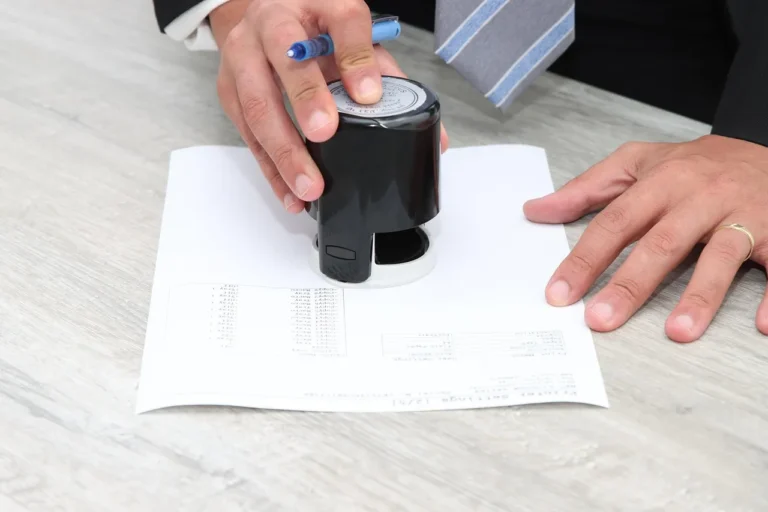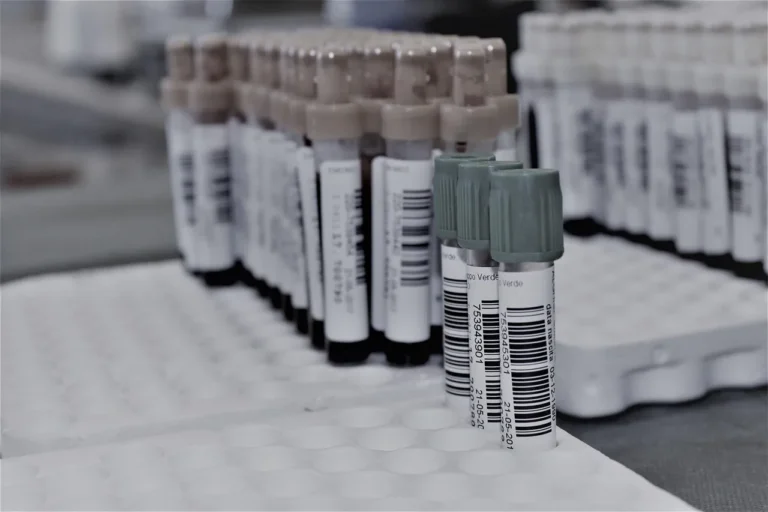
Coya Therapeutics Reports Positive Interim Results of IL-2 and CTLA4-Ig Combination in Mild to Moderate Frontotemporal Dementia
Coya Therapeutics, Inc. , a clinical-stage biotechnology company specializing in the development of biologic therapies designed to enhance the function of regulatory T cells (Tregs), has announced promising interim results from an investigator-initiated proof-of-concept open-label study exploring the combination of low-dose interleukin-2 (IL-2) and CTLA4-Ig in patients suffering from Frontotemporal Dementia (FTD). This study, being conducted at the Houston Methodist Neurological Institute in Texas, is led by Dr. Alireza Faridar and Dr. Stanley Appel, with financial support from The Peggy and Gary Edwards Endowment Fund.
This ongoing study has enrolled up to 10 patients, all of whom are diagnosed with mild to moderate FTD, a debilitating neurodegenerative disorder that leads to progressive loss of cognitive and behavioral functions. The study protocol involves patients receiving subcutaneously administered CTLA4-Ig, followed by a 5-day course of low-dose IL-2 every four weeks, for a total duration of 22 weeks of treatment and subsequent follow-up. The interim results shared by Coya pertain to the first five patients who have completed the full treatment regimen, providing a valuable glimpse into the potential efficacy and safety of this novel therapeutic approach.
Positive Interim Results Support the Efficacy of the IL-2/CTLA4-Ig Combination
Dr. Arun Swaminathan, the Chief Executive Officer of Coya Therapeutics, expressed his enthusiasm for the interim findings, noting that the data aligns with encouraging results previously observed in an open-label investigator-initiated study involving patients with Amyotrophic Lateral Sclerosis (ALS). In that study, patients were treated with the same low-dose IL-2/CTLA4-Ig combination, and similar positive responses were noted. The results observed in FTD patients so far further reinforce Coya’s belief that enhancing Treg function is a promising therapeutic strategy for addressing devastating neurodegenerative diseases, including ALS and FTD.
FTD, an umbrella term for a group of rare neurodegenerative diseases, is notoriously difficult to treat, and there are currently no FDA-approved therapies to slow its progression. Coya’s approach aims to tackle the disease at its immunological roots. Previous biomarker data presented by the company has suggested that FTD patients exhibit significant dysfunction in Treg biology. Specifically, the immune systems of these patients are characterized by reduced immunosuppressive function of Tregs, accompanied by elevated peripheral levels of inflammatory cytokines and chemokines. Additionally, there is often a dysregulation of monocytes and widespread activation of the inflammatory cascade, all of which contribute to the disease’s pathophysiology.
In light of this immune dysfunction, Coya has focused its research on developing treatments that target and enhance Treg biology as a way to mitigate the systemic inflammation that exacerbates the progression of FTD. The IL-2/CTLA4-Ig combination therapy is designed to promote Treg expansion and function, with the expectation that this will dampen the overactive inflammatory processes underlying the neurodegeneration seen in FTD.
Mechanisms of Action: Low-Dose IL-2 and CTLA4-Ig Combination
The combination of low-dose IL-2 and CTLA4-Ig represents an innovative immunotherapy that seeks to restore the balance of the immune system in neurodegenerative conditions like FTD. IL-2 is a cytokine that plays a key role in the activation, proliferation, and survival of T cells, including Tregs. By administering low doses of IL-2, the therapy seeks to selectively enhance Treg populations, without triggering excessive activation of other immune cells that could lead to adverse side effects.
CTLA4-Ig is a fusion protein that inhibits the co-stimulatory signals necessary for T cell activation. By blocking these signals, CTLA4-Ig can suppress the activity of potentially harmful T cells, thereby supporting the immunosuppressive Coya Therapeutics activity of Tregs. This dual approach is designed to correct the immune dysregulation observed in FTD patients, with the aim of reducing inflammation and slowing disease progression.
The interim data from the study suggests that the combination of low-dose IL-2 and CTLA4-Ig is well-tolerated and has demonstrated a meaningful impact on Treg function. Dr. Fred Grossman, Coya’s Chief Medical Officer, emphasized that the increase in Treg numbers and their suppressive function following the first treatment cycle were statistically significant (p < 0.01 for Treg numbers and p < 0.05 for suppressive function). These findings suggest that the therapy is successfully enhancing the immune regulatory mechanisms that are compromised in FTD.
Clinical Functional Assessments: Minimal Cognitive Decline in FTD Patients
As part of the study, clinical assessments were conducted at predefined intervals to measure functional changes in the participants. The primary tools used for these assessments included the Clinical Dementia Rating – Frontotemporal Coya Therapeutics Lobar Degeneration (CDR‐FTLD) scale, the Montreal Cognitive Assessment (MoCA) scale, and the Progressive Aphasia Severity Scale (PASS). These instruments provide a standardized means of evaluating the cognitive and functional status of patients with neurodegenerative diseases.

The interim results revealed that, on average, the five FTD patients treated with the IL-2/CTLA4-Ig combination exhibited minimal to no cognitive decline over the course of the study. This is in stark contrast to the typical progression of FTD, where patients often experience significant cognitive and functional deterioration within a short time frame. Previous studies have shown that patients with FTD typically worsen by an average of 3.57 points on the CDR-FTLD scale over the course of a year (Knopman et al., Brain 2008). In contrast, the patients in Coya’s study showed stability in their cognitive function, a promising indicator of the therapy’s potential.
Further, the patients’ cognitive scores on the MoCA and PASS assessments remained stable throughout the treatment period, reinforcing the notion that the combination therapy may help to preserve cognitive function in individuals with FTD. This is particularly noteworthy, as FTD patients often experience more rapid cognitive decline than those with Alzheimer’s disease, and their survival times are typically shorter (Rascovsky et al., Neurology 2005).
Safety Profile: Well-Tolerated Therapy
Safety data from the study indicated that the low-dose IL-2 and CTLA4-Ig combination therapy was well-tolerated by the participants. The most common adverse event reported was mild injection site reactions, which are Coya Therapeutics typically associated with subcutaneous administration of biologic therapies. Importantly, no serious adverse events were observed during the study, underscoring the safety profile of this treatment approach.
The absence of serious adverse events is a significant finding, as it suggests that the combination of low-dose IL-2 and CTLA4-Ig could potentially be a safe therapeutic option for patients with FTD, a disease for which treatment options are currently limited.
Next Steps for Coya Therapeutics
Coya’s promising interim results in this investigator-initiated study are a significant step forward in the development of new therapies for FTD, a disease that currently has no FDA-approved treatments. The success of this approach, particularly in the context of ALS, has provided the company with a strong foundation to further investigate the potential of Treg-based therapies in neurodegenerative diseases.
Coya plans to continue its research and development efforts in this area, with the expectation that the results from the ongoing study will help shape future clinical trials and lead to a deeper understanding of how immunotherapies targeting Tregs can be used to treat FTD and other related neurodegenerative conditions. Given the Coya Therapeutics encouraging results thus far, the company is optimistic that this novel approach could represent a breakthrough in the treatment of FTD, offering hope to patients who currently have few options for managing their condition.
In conclusion, the interim results of Coya Therapeutics’ study investigating the low-dose IL-2 and CTLA4-Ig combination in FTD patients are highly promising. The combination appears to enhance Treg function, reduce inflammation, and Coya Therapeutics potentially slow cognitive decline in these patients. With no approved therapies for FTD, Coya’s innovative approach has the potential to make a significant impact on the treatment landscape for this devastating disease.




